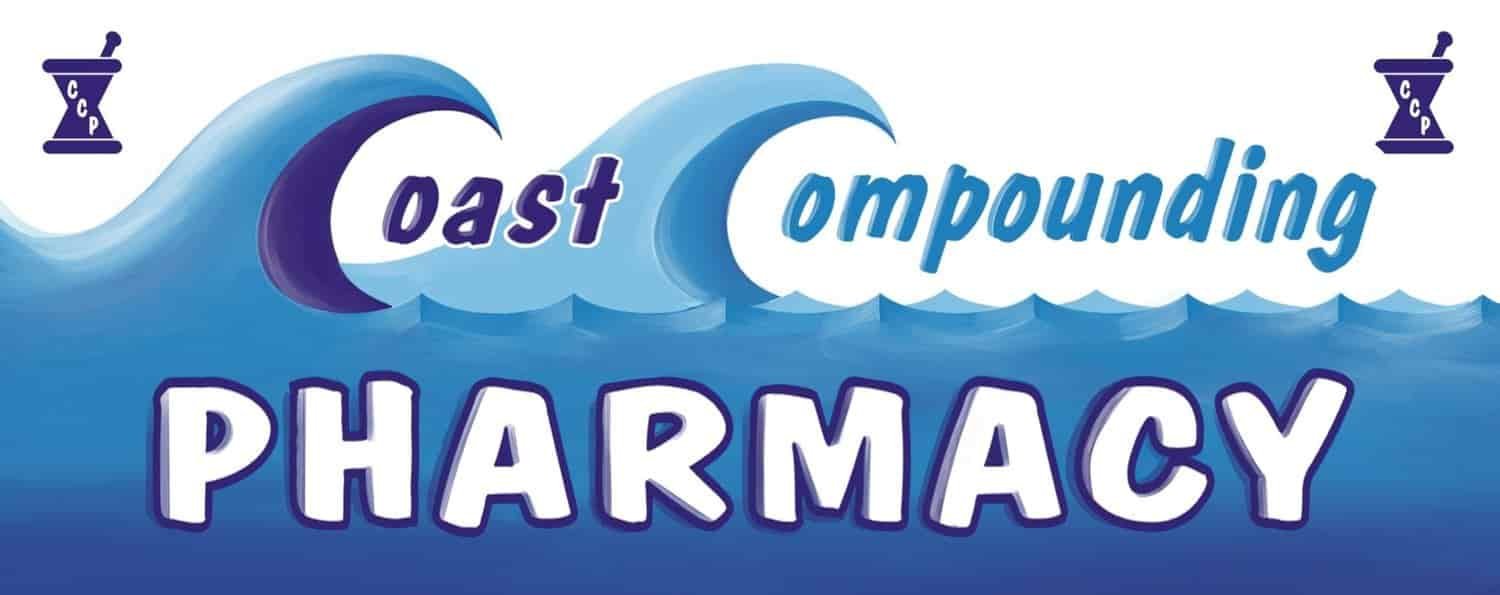What is andropause?
Andropause, also known as late onset hypogonadism (LOH) is a syndrome associated with advancing age and is characterized by both symptoms and a deficiency in serum testosterone levels.6 It is well established that testosterone levels begin to decline steadily around age 40 and many men will have below normal testosterone levels by age 60.2,6 Symptoms of LOH include low libido, erectile dysfunction , decreased muscle mass and strength, increased body fat, decreased bone mineral density, depressed mood, fatigue and insomnia.3 Since these symptoms are fairly non-specific, The Endocrine Societies’ most recent clinical practice guidelines highlight the importance of diagnosing LOH based on both symptoms and serum testosterone levels.1
Laboratory Diagnosis
While there is no clear-cut laboratory value to diagnose LOH, one of the largest studies using the European Male Aging Database defines LOH as at least 3 symptoms along with a total testosterone level less than 320 ng/dl or a free testosterone level less than 6.5 ng/dl.3 Testosterone levels should be measured in the early morning between 6:00-8:00 AM when serum levels are at their maximum due to diurnal cycling. Luteinizing hormone (LH) and follicular stimulating hormone (FSH) levels should also be measured to rule out secondary (pituitary or hypothalamic) causes of LOH.2,3
Treatment
Symptomatic men with low testosterone levels should be treated in order to maintain secondary sex characteristics, improve sexual function, sense of well-being, brain function, sleep patterns, bone mineral density, muscle mass and overall quality of life.3 The goal of replacement is to not only improve symptoms, but also to raise testosterone levels into the range of healthy young men, approximately 400-700 ng/dl.1 Although testosterone treatment is safe for most patients, there are several disease states for which testosterone therapy is not recommended. These include: patients with breast or metastatic prostate cancer, a palpable prostate nodule or PSA over 4ng/ml (or over 3ng/ml in men at high risk), hematocrit above 50%, patients with severe sleep apnea, severe lower urinary tract symptoms, heart failure or those desiring fertility.1
While there are many dosage forms available for testosterone administration, the preferred methods include weekly IM injections, testosterone patches, gel, buccal tablets or implantable testosterone pellets. Orally available forms are not FDA approved and should not be used due to variable clinical response and potential liver toxicity.1 Compounded testosterone creams may be of benefit because they can be adjusted to any strength and tailored according to a patients symptoms and blood levels.
Potential Risks
Like any medication, testosterone therapy has potential risks. The most well documented adverse effects include erythrocytosis, acne, oily skin, decreased sperm production and infertility.1 Less common adverse effects include gynecomastia, male pattern balding, worsening of sleep apnea and progression of breast cancer.1 There is no association between testosterone therapy and testicular cancer.5 Physiologic evidence shows that exogenous testosterone can actually help with testicular tumor regression by acting in a feedback loop that inhibits pituitary gonadoptopin (LH and FSH) release.5
The most controversial potential risk of testosterone therapy is exacerbation of prostate cancer, however recent studies have shown that this concern is not well founded and lacking in clinical evidence.3,4 In fact, epidemiological studies have found that the risk of prostate cancer is the highest in older men who have lower testosterone levels.3 Testosterone therapy does not increase PSA levels or prostate size unless the patient is severely hypogonadal, in which case the prostate grows only to a normal size.4 A recent study found that testosterone replacement is safe and may be of great benefit to patients experiencing hypogonadal symptoms following surgical treatment of prostate cancer.4 However, there is some evidence that testosterone can accelerate hormone dependent metastatic prostate cancer.1,6 Because of this evidence, current recommendations still include screening for prostate cancer prior to testosterone therapy initiation.1 More studies are currently underway to provide more definitive answers.3
References:
- Bhasin S, Cunningham G, Hayes F et al. Testosterone Therapy in Men with Androgen Deficiency Syndromes: An Endocrine Society Clinical Practice Guideline. J. Clin Endocrinol Metab. 2010; 95(6): 2536-2559
- Clement H, Beckett G. Late-Onset Male Hypogonadism: Clinical and Laboratory Evaluation. J. Clin Pathol. 2011; 64: 459-465
- Cunningham G, Toma S. Why is Androgen Replacement in Males Controversial? J. Clin Endocrinol Metab. 2011; 96(1): 38-52
- Khera M. Androgen Replacement Therapy After Prostate Cancer Treatment. Curr Urol Rep. 2010; 11: 393-399
- Pearson J. Review: Endocrinology of Testicular Neoplasms. Urology. 1981; 17(2):119-124
- Wang C, Nieschlag E, Swerdloff R et al. Investigation, Treatment, and Monitoring of Late-Onset Hypogonadism in Males: ISA, ISSAM, EAU, EAA and ASA Recommendations. J. Androl. 2009; 30(1): 1-9
